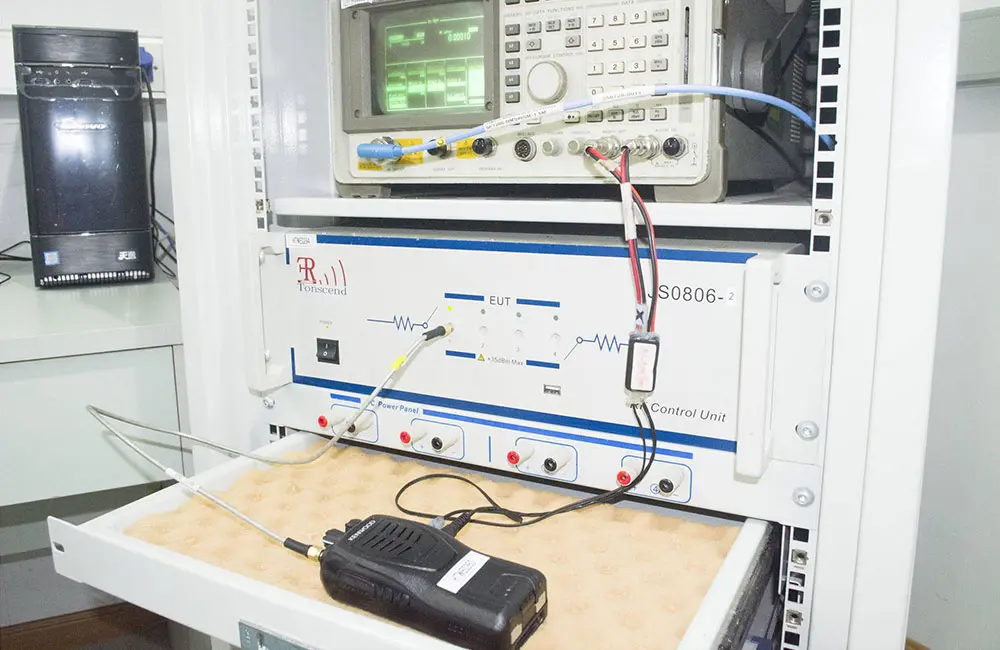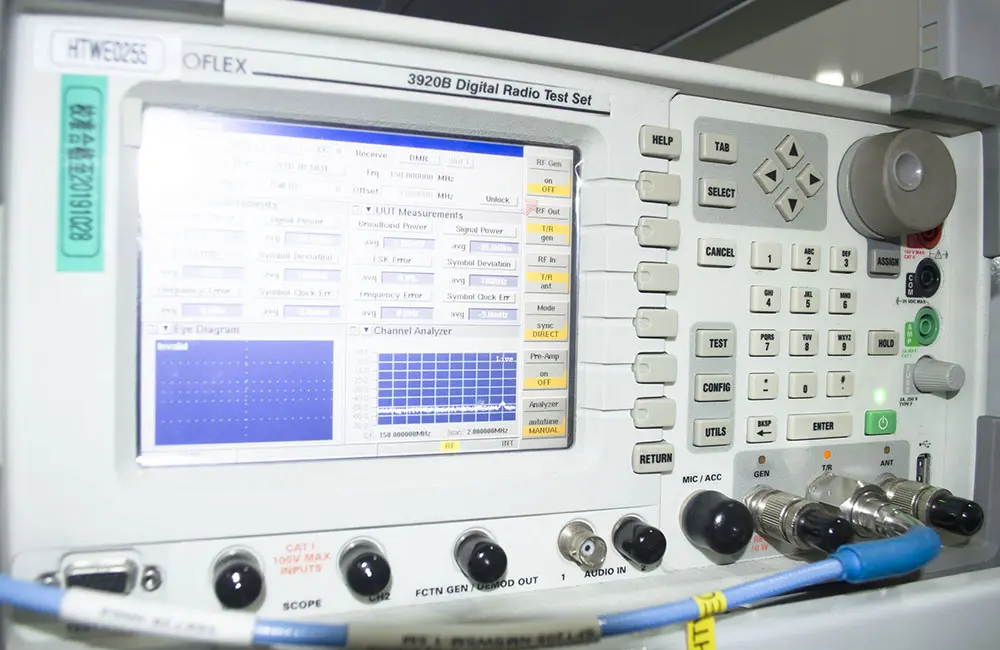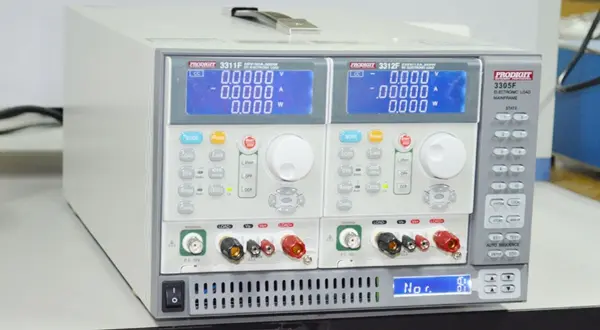
What is the Alcohol Stove ASTM F3363-19?
Recently, many sellers of portable alcohol stove products have reported that their products have been removed from listings or that they have received warning emails from Amazon requiring them to provide relevant safety test reports before they can relist their products.

Amazon Policy on Portable Stoves:
According to Amazon's policy, all portable stoves must be tested and comply with the following specific regULations and standards:
Portable Stoves CoveRED by This Policy:
This policy applies to portable decorative light sources that generate a suspended flame using alcohol-based fuel in an open-cup container. These products generally consist of a pot or base, usually made of ceraMIC or other heat-resistant materials. They may also be referred to as portable fire pits, portable fireplaces, stoves, fire bowls, patio fireplaces, flame bowls, flame lamps, or tabletop stoves.
Required Information:
We may request the following information at any time, so we recommend that you have these materials ready for submission:
- Your company name (if applicable) and seller ID.
- Your contact information: email address and phone number.
- A list of all portable stoves you have listed.
- Product and packaging images for all your listed portable stoves (if applicable). Images must include all sides of the product and packaging for review.
- Product images or test reports proving compliance with the warning label requirements (astm f3363-19 Section 6.1) (if applicable).
- Product images or test reports proving compliance with the instruction manual requirements (astm f3363-19 Section 6.1.9).
- A test report issued by an ISO 17025 certified laboratory confirming that each product has been tested and meets the applicable requirements.
Note: The test report must include images of the tested product, and these images must be sufficient to prove that the tested product matches the one listed on the detail page.
Which Products Require ASTM F3363-19 Certification?
Scope of ASTM F3363-19 Portable Stove Safety Standard:
1.1 These requirements apply to the following equipment:
- 1.1.1 Devices that burn fuel and maintain a flame on the surface of an open liquid reservoir.
- 1.1.2 Devices that do not require external ventilation to release combustion byproducts while maintaining a flame.
- 1.1.3 Devices that burn liquid fuel, gel fuel (e.g., solid alcohol), or other non-solid fuels in an open reservoir or in a disposable, non-refillable fuel container.
- 1.1.4 Devices with a fuel capacity of no more than 2.5 liters (0.67 gallons).
- 1.1.5 Devices with an output power of 1.47 kW (5000 BTU/h) or less.
- 1.1.6 Devices that are portable or manually movable.
- 1.1.7 Devices designed for indoor use, outdoor use, or both.
1.2 These requirements do not apply to the following devices:
- 1.2.1 Candles.
- 1.2.2 Devices used for cooking or heating food.
- 1.2.3 Devices that burn solid fuels, as determined by the test methods described in ASTM D4359.
- 1.2.4 Devices without an open reservoir, such as refillable oil lamps or garden torches that use a wick to consume fuel (see Appendix X1).
1.3 This specification establishes minimum safety requirements for the equipment to ensure a reasonable level of safety under normal use, thereby enhancing personal safety and reducing risks of fire, death, and injury.
1.4 This specification is not intended to replace other safety measures, such as adult supervision, close monitoring during use, and fire detection, alarm, or suppression systems.
1.5 Values presented in SI units are considered standard. The values in parentheses are for interpretation or approximation.
1.6 This specification is intended for measuring and describing the reaction of materials, products, or components to heat, flame, and external forces under controlled conditions. However, it does not encompass all factors necessary for evaluating fire hazards or fire risks in real fire conditions.
1.7 This standard is not intended to address all potential safety concerns related to its use. It is the responsibility of users to establish appropriate safety, health, and environmental practices before use and to determine the applicability of regulatory restrictions.
1.8 This international standard is developed in accordance with the internationally recognized standardization principles established in the WTO Technical Barriers to Trade (TBT) Committee’s decision on the development of international standards, guidelines, and recommendations.
ASTM F3363-19 Testing Items and Requirements:
ASTM F3363-19 is a safety standard for portable combustion devices that use liquid or gel fuel and do not have ventilation ducts. The main test items and requirements are as follows:
Structural Testing
1. Overall Construction
- The product structure must be sturdy, with no obvious looseness, deformation, or risk of damage.
- Under normal use and possible accidental conditions (e.g., minor collisions), the product should not crack, disassemble, or pose safety risks.
2. Material Performance
- Materials must have sufficient strength and heat resistance.
- The housing should withstand high temperatures without melting, deforming, or releasing harmful substances.
- Fuel container materials must be corrosion-resistant and well-sealed to prevent leaks.
Fire Safety Testing
1. Flame Spread Test
- Determines whether the flame rapidly spreads when it comes into contact with the product's exterior or fuel container.
- The product should have effective fire isolation measures to prevent flame spread and reduce fire risks.
2. High-Temperature Resistance Test
- The product is exposed to high temperatures to observe changes in performance and structure.
- It must remain stable under specified high-temperature conditions without malfunction or safety risks.
Electrical Safety Testing (For Devices with Electronic Components)
1. Insulation Performance Test
- Ensures the electrical insulation performance of components like electronic ignition devices.
- Proper insulation distance must be maintained to prevent electric shock hazards.
2. Grounding Test
- Checks whether the product has proper grounding and meets resistance standards.
- Proper grounding ensures safety in case of electrical failure.
3. Leakage Current Test
- Detects potential leakage currents under normal and fault conditions.
- The leakage current must remain below safety limits.
Drop Testing
1. Impact Resistance Test
- Simulates accidental drops from a specified height onto surfaces like concrete or wood.
- The product should not break, crack, or leak fuel.
2. Structural Integrity Test
- After drop tests, structural integrity is checked to ensure all parts remain secure.
Simulated Usage Testing
1. Flame Stability Test
- Ensures the flame remains stable under different conditions like wind speed and temperature variations.
2. Combustion Efficiency Test
- Measures how efficiently the fuel is converted into heat.
3. Heat Output Test
- Verifies that the product meets the heating output specifications in the instruction manual.
4. Environmental Adaptability Test
- Evaluates performance under high/low temperatures and humidity.
Reference Documents
- ASTM Standards:
- D3828: Flash point test for small closed-cup testers.
- D4359: Test method for determining whether a material is liquid or solid.
- E136: Test method for determining material combustibility at 750°C.
Application Process:
1. Send sample (normally 2 units).
2. Complete application form (matching seller's company details).
3. Sign contract and make payment before testing begins.
4. Testing takes approximately 7 working days.
5. Draft report is issued for verification.
6. Final test report is released.
Processing Time: Standard 5 working days (expedited service available).
Email:hello@jjrlab.com
Write your message here and send it to us
 What is the meaning of EMC?
What is the meaning of EMC?
 Why EMC Test Is Required?
Why EMC Test Is Required?
 What is the Difference Between EMI and EMC?
What is the Difference Between EMI and EMC?
 What is the difference between CE EMC and CE LVD?
What is the difference between CE EMC and CE LVD?
 What Is the EU WEEE for Electronic and Electrical
What Is the EU WEEE for Electronic and Electrical
 What Is the ASTM D4316-95(2016) Hot Water Bottle T
What Is the ASTM D4316-95(2016) Hot Water Bottle T
 Amazon Electric Massager UL1647 Test Report
Amazon Electric Massager UL1647 Test Report
 What Is IEC 60068-2-5:2018 Solar Radiation Test?
What Is IEC 60068-2-5:2018 Solar Radiation Test?
Leave us a message
24-hour online customer service at any time to respond, so that you worry!




